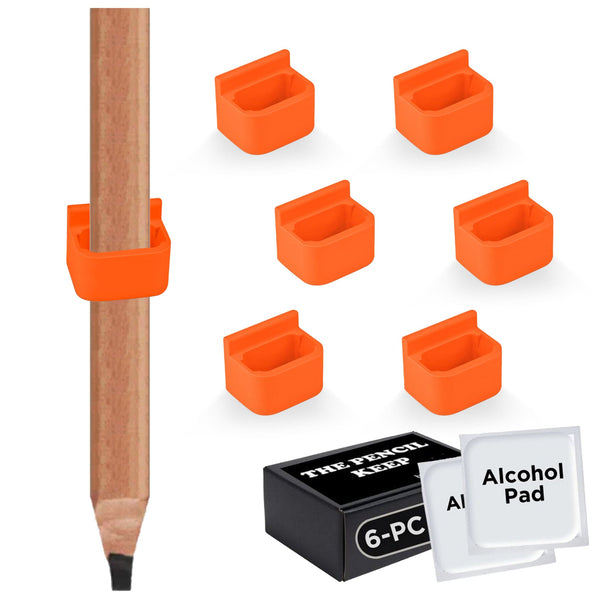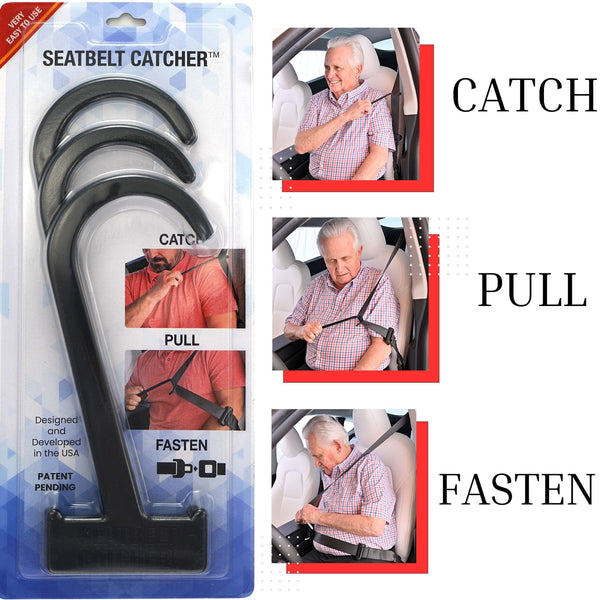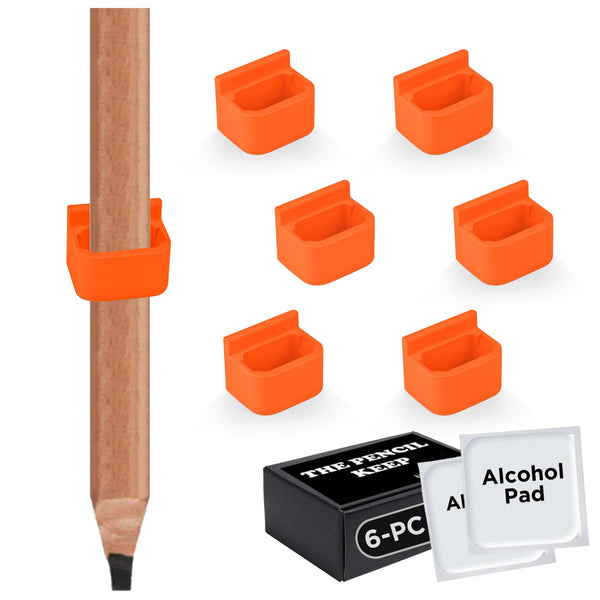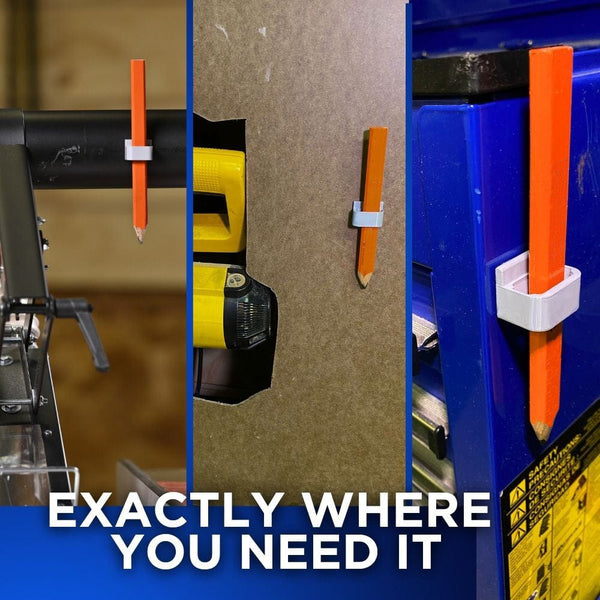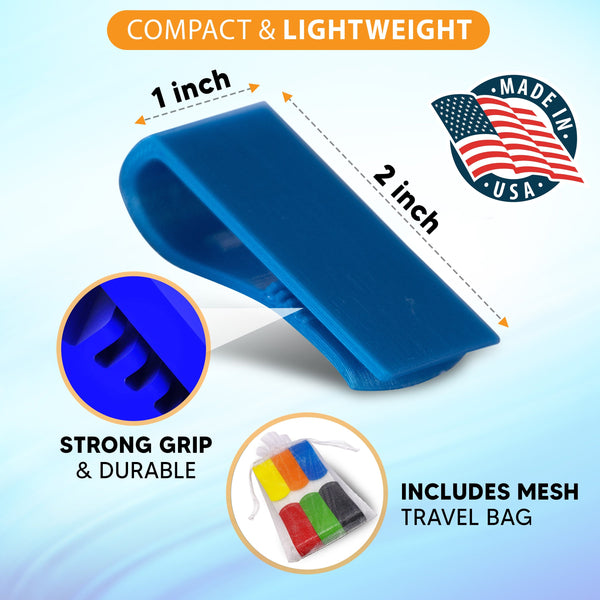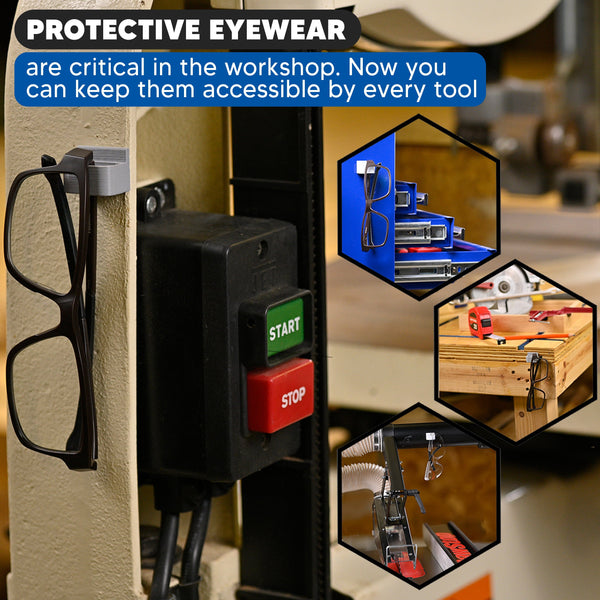When it comes to hitting the road, we all want to feel comfortable and safe, right? Whether it’s a quick trip to the grocery store or a long-distance journey across the country, vehicle accessibility plays a crucial role in ensuring that everyone can enjoy their travels. From families with young children to elderly individuals and those with disabilities, making car travel easier for everyone is a goal we can all get behind. So, buckle up as we explore the various aspects of vehicle accessibility and how they can transform your driving experience!
Understanding Vehicle Accessibility
Vehicle accessibility refers to the design and features of cars that enable people, regardless of their physical abilities, to easily enter, exit, and operate a vehicle. This includes a range of modifications and technologies that cater to the needs of drivers and passengers alike. With a growing emphasis on inclusivity, manufacturers are starting to recognize the importance of accessibility, and many newer vehicle models come equipped with features that cater to a diverse range of users.
Why Vehicle Accessibility Matters
Vehicle accessibility isn’t just a luxury; it’s a necessity for many people. Why does it matter? Well, imagine a world where everyone can join in on road trips or simply travel to the store without a hitch. By optimizing cars for accessibility, we increase mobility and independence for individuals who might otherwise face challenges. Whether it’s someone with a mobility impairment, an older adult needing extra support, or a parent trying to wrangle multiple kids, vehicle accessibility ensures that no one is left behind.
Statistics Highlighting the Need for Vehicle Accessibility
The importance of vehicle accessibility is evident when you look at the statistics. According to the World Health Organization, more than one billion people worldwide experience some form of disability. In the United States alone, around 61 million adults live with a disability, many of whom rely on vehicles for transportation. The demand for accessible vehicles is clear, as more people seek ways to integrate mobility into their daily lives. Additionally, families with infants often require specific features like better storage, easy access to car seats, and more, showing that the need for accessibility extends beyond disabilities.

Key Features of Accessible Vehicles
Now that we know why vehicle accessibility is crucial, let’s take a closer look at some features and modifications that enhance the accessibility of cars. These innovations not only benefit individuals with disabilities but can also make car travel easier for everyone.
Low Step-In Heights
One of the primary features of accessible vehicles is a low step-in height. This design allows individuals to enter and exit the car with ease, especially seniors or those with mobility challenges. By making the entry point lower, people don’t have to struggle as much, and it reduces the risk of falls or injuries. Additionally, for parents with strollers or older adults carrying groceries, this feature can make all the difference.
Wheelchair Lifts and Ramps
For those who use wheelchairs, accessible vans often come with wheelchair lifts or ramps. These features allow individuals to roll in and out of the vehicle without needing to transfer to a seat. This is a game-changer for many as it promotes independence and minimizes strain on caregivers. Ramps are particularly useful in public transportation and rideshare services, making it easier for everyone to have access to transportation options.
Hand Controls
Hand controls are essential for drivers who may have limited use of their legs. These modifications allow individuals to operate the vehicle using their hands instead of their feet, making it easier for them to drive comfortably and safely. Many vehicles are customizable, allowing for an array of hand control options that suit a driver’s specific needs.
Adjustable Seating
Adjustable seating can significantly enhance vehicle accessibility. Features like swivel seats or seats that slide back can help individuals get in and out of the vehicle more easily. Additionally, some drivers with mobility issues use the seatbelt catcher, which aids in securing the seatbelt without twisting or straining. This is particularly beneficial for individuals with limited upper body mobility, making the driving experience more user-friendly.
Advanced Safety Features
Modern vehicles often come with a variety of safety features designed to provide extra support. For example, adaptive cruise control, lane assist, and collision detection systems can help all drivers navigate the road more safely but are particularly beneficial for those who might need additional assistance while driving. These technologies not only enhance safety but also offer peace of mind, knowing that the vehicle has your back at crucial moments.

Making Travel Comfortable: The Role of Seating Arrangements
When we think about vehicle accessibility, it’s not just about getting in and out; it’s also about comfort during the ride. After all, the goal is to make every trip as enjoyable as possible! Here are some factors to consider:
Space Management
Having enough space in the vehicle can make a significant difference. Optimal seating arrangements that allow for legroom and space for mobility aids are crucial for comfort. Whether it’s a larger vehicle to accommodate wheelchairs or a compact car with ample legroom, the right space can make all the difference. Families may also appreciate larger trunks to store strollers or luggage without feeling crammed.
Ergonomic Design
Seats designed with ergonomics in mind can provide the necessary support for individuals with back problems or joint pain. Look for vehicles with adjustable lumbar support and cushioned seating that can accommodate different body types. A well-designed seat can dramatically reduce fatigue on long drives, ensuring that both drivers and passengers arrive at their destination feeling fresh and ready to explore.
Entertainment Options
Long journeys can become tedious, especially for kids or anyone needing distraction. Modern vehicles often come equipped with entertainment systems, allowing passengers to enjoy movies, music, or games during the ride. This can also include charging ports for devices, ensuring everyone stays connected and entertained. Having the right entertainment setup can completely change the mood of a trip, turning long drives into fun adventures.

Creating a Welcoming Environment for Everyone
Ensuring that a vehicle is accessible is only part of the equation. It’s also essential to foster a sense of community and comfort among all passengers. Here are a few ways to create a welcoming environment:
Clear Communication
If you're traveling with someone who has specific accessibility needs, it can be helpful to discuss arrangements beforehand. Clear communication can go a long way in ensuring everyone is comfortable and knows what to expect. Whether it’s discussing seating arrangements, stops along the way, or accommodations needed, a little conversation can enhance the travel experience significantly.
Respecting Personal Space
When traveling with others, be mindful of personal space. This is especially important for individuals who may be using mobility aids or have specific comfort needs. Giving everyone enough room can make the journey more enjoyable for everyone while reducing anxiety for those who might feel cramped.
Accessibility Audits
When selecting a vehicle, it may be beneficial to conduct an accessibility audit. This includes evaluating the vehicle’s features to ensure they meet the needs of all potential users. A thoughtful approach to accessibility can enhance the overall experience for everyone. Research vehicle reviews and real-life testimonials to get a better sense of which models might work best for your unique situation.

The Role of Technology in Vehicle Accessibility
As technology continues to evolve, it plays a significant role in enhancing vehicle accessibility. From smartphone apps to advanced vehicle features, technology is making car travel easier than ever. Let’s dive into some of the key technological advancements:
Smartphone Apps
Applications that provide information on accessible routes, parking, and nearby amenities are becoming increasingly popular. These tools can help individuals with disabilities travel more independently by offering real-time information about accessibility features along their route. Apps like Google Maps even provide information on the accessibility of public transport stations and buildings, making it easier to plan a seamless journey.
IoT and Smart Vehicles
The Internet of Things is transforming vehicles into smart machines that can adapt to individual users. Smart vehicles can learn a driver’s preferences, automatically adjusting seat positions and climate control settings to improve comfort. For those with mobility challenges, this adaptability can make a significant difference, allowing them to travel with less hassle. Imagine a vehicle that recognizes you and adjusts its settings as soon as you approach—it’s a game-changer!
Safety Alerts and Assistive Technologies
Advanced vehicle safety technologies can alert drivers to potential hazards on the road. These systems are beneficial for all drivers, especially those who may have difficulty driving due to physical limitations. Systems like adaptive cruise control and blind-spot monitoring significantly enhance safety and take some of the stress off driving. This is particularly important for older adults, who may find themselves feeling more anxious behind the wheel.

Government Regulations and Vehicle Accessibility
In many countries, governments are working to improve vehicle accessibility through regulations and initiatives geared toward creating inclusive transportation options. Let’s take a look at some legislative efforts that aim to create a more accessible environment:
Accessibility Standards
Many regions have established standards for vehicle accessibility, ensuring manufacturers comply with specific safety and design criteria. These standards promote the development of vehicles that cater to a diverse range of needs. For instance, the Americans with Disabilities Act (ADA) outlines specific recommendations for public transport, but these principles can also apply to personal vehicles.
Incentives for Accessible Vehicles
Some governments offer incentives for individuals and organizations to purchase accessible vehicles. These incentives can include tax breaks or financial assistance, making it easier for people to access the transportation they need. Programs that facilitate the conversion of standard vehicles into accessible ones also help bridge the gap for those who require special modifications.
Public Awareness Campaigns
Raising awareness about the importance of vehicle accessibility is becoming a priority. Campaigns aimed at educating the public can help foster a more supportive environment for individuals with disabilities and encourage manufacturers to prioritize accessibility in their designs. Community initiatives that promote the use of accessible transportation can also lead to a cultural shift toward inclusivity.
Real-Life Stories: The Impact of Vehicle Accessibility
Nothing illustrates the importance of vehicle accessibility quite like personal stories. Many individuals have shared how accessible vehicles have transformed their lives. For example, one mother recounted how her family’s decision to purchase an accessible van allowed her son, who uses a wheelchair, to participate in family outings for the first time. This not only improved his quality of life but also brought the family closer together.
Another shared experience highlighted how the incorporation of safety features like seatbelt catchers made travel easier for an elderly parent who struggles with mobility. This small change allowed for more spontaneous trips without the constant worry about safety and comfort.

Conclusion: Journey Towards Inclusivity
Vehicle accessibility is about more than just features and designs; it represents a commitment to inclusivity. Everyone deserves the right to travel freely and comfortably, whether it’s for a weekend getaway or a quick trip across town. As we continue to push for more accessible vehicles and advocate for awareness, we’re taking steps toward a more inclusive society.
Remember, whether you’re needing an accessory such as the seatbelt catcher, there are options out there that cater to your needs. Let’s work together to ensure that car travel is a breeze for everyone—because the open road should be accessible to all!
